Collections of the MGH archive
The MGH archive has grown and evolved with historical developments. In the turmoil of the Second World War, the original classification scheme, which separated the registry (business transactions and correspondence) and the work apparatuses, came into disarray. The apparatuses have now become part of the collection “Bestand A”, while the registry has been incorporated into “Bestand 338” and “Bestand B”, of which the former was itself originally part of “Bestand B”.
Bestand A
In 1943, MGH research material was evacuated from Berlin to the monastery Michaelstein near Blankenburg in the Harz Region. Of the 30 crates stored there, 8 were lost. The remaining 22 crates were returned to Berlin in 1948 and handed over to the East-German Academie der Wissenschaften, which reordered the materials and gave them new signatures. They were returned to the MGH in 1992 and now form the nucleus of „Bestand A“.
Further 30 crates of charter transcriptions and photocopies were removed from Berlin in 1944 and stored in the tunnels of the salt mines in Neu-Staßfurt, where a number of them were destroyed by fire. The surviving 23 crates were discovered in August 1947 in the Old Brewery of Blankenburg Harzkamen (cf. MGH Archive B 719) and were similarly given to the archive of the DDR Akademie der Wissenschaften in 1948. The original order of the apparatuses is still discernible today, but was severely disturbed during the move.
Bestand 338/ …
The greater part of the transaction records from the years 1829 to 1935 survived the war in a cellar of the University of Berlin. In January 1946, they were brought to the Geheimes Staatsarchiv (Secret State Archive) in Berlin-Dahlem where a provisional post of the MGH Berlin had been installed. As this post was moved to the Akademie der Wissenschaften in East Berlin, some of the records went with it, including the literary estates of Georg Waitz and Fedor Schneider. However, because of plans to remove the MGH from the Berlin Academies and re-establish them at the Geheimes Staatsarchiv, the preponderance of the material remained in Berlin-Dahlem. There, the records were stored and indexed as Repositorium 338..
Bestand B
Between 1945 and 1948, the MGH institute was re-established in Pommersfelden and thereafter in Munich. Its archive contained a collection of the oldest and most valuable documents from the founding years of the MGH, the registry for the year 1945, the institute’s records for the time thereafter, and the MGH materials that were later handed over. This material that was originally inventoried with simple numerical signatures is now indexed under the letter B.
Bestand Hs
Since 1994, the collections of mediaeval manuscript fragments (Hs A) and modern monographic manuscripts stored in the MGH library and archive (Hs B) have been pooled together with the manuscript archives of individual scholars such as Bernhard Bischoff and Arno Borst (Hs C) to form an independent collection named „Bestand Hs“.
Bestand K
The collection „K“ was created as a continuation of the edition apparatuses in Bestand A to store the work materials and scholarly estates accumulated since 1945. „Bestand K“ began in the post-war years with individual editorial apparatuses, but in the last 20 years it has evolved to comprise complete scholarly literary estates including those of Reinhard Elze, Bernhard Bischoff, Horst Fuhrmann, and Rudolf Schieffer.
Bestand O
The registry and correspondence of MGH ex-presidents Baethgen, Grundmann, Fuhrmann, and Schieffer are filed under „Bestand O“. Due to personal privacy regulations, they are classified and not available for consultation.

